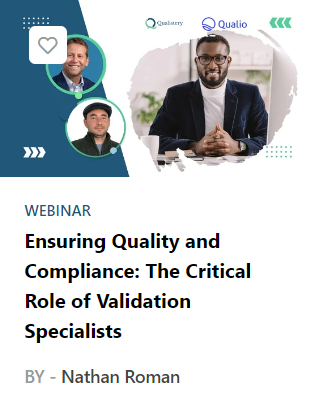Understanding the Imperative of Temperature Mapping
Temperature mapping is essential in ensuring that GMP warehouses maintain a uniform temperature throughout, identifying potential problem areas that could affect product quality. This process involves strategically placing sensors throughout the facility to continuously record temperature data over a specified period, making sure all areas meet the rigorous specifications required. But temperature mapping is more than just a regulatory checkbox; it also drives operational efficiencies by optimizing the storage environment, which can help reduce energy costs and enhance product stability.
Deciding the Frequency of Temperature Mapping
The frequency of temperature mapping in a GMP warehouse depends on several factors, each critical to maintaining a compliant operation:
- Regulatory Compliance: Regulatory agencies like the FDA, EMA, or WHO may not specify mapping intervals, but they do require that warehouses demonstrate environmental control. Regular mapping is vital for maintaining this control and providing evidence of compliance to protect against potential regulatory challenges.
- Seasonal Variations: Changes in external temperature can significantly affect the internal conditions of a warehouse. It’s advisable to conduct temperature mappings at least annually to accommodate different seasonal conditions, ensuring the warehouse environment remains stable and conducive to preserving product quality.
- Post-Modification Mapping: Modifications to the warehouse’s layout, HVAC systems, or storage solutions require a fresh look at temperature distribution to confirm that these changes meet GMP standards without introducing new risks.
- Risk-Based Evaluation: For products sensitive to temperature variations, such as pharmaceuticals, more frequent temperature mappings may be necessary. This strategic, risk-based approach helps prioritize resources to safeguard the most vulnerable products.
Best Practices for Temperature Mapping Frequency
Adhering to best practices in temperature mapping not only ensures compliance but also safeguards product safety:
- Initial Mapping: Conduct an exhaustive temperature map to set a baseline before any area is used for storage. This initial step is crucial in establishing the conditions under which your products will be stored.
- Annual Mapping: To handle the influence of seasonal changes, annual mappings are essential. These regular checks help identify any shifts in the temperature profile that might require adjustment or corrective action.
- Post-Modification Mapping: After any significant changes within the warehouse, a new temperature mapping study is critical to ensure continuous compliance with GMP guidelines.
- Periodic Re-Assessment: Even in the absence of obvious changes, it’s wise to periodically reassess your temperature control strategies every two to three years to detect any incremental shifts that could affect product quality over time.
Conclusion
For those overseeing GMP warehouses, the importance of rigorous temperature mapping cannot be overstated. By implementing a structured approach to determine mapping frequency, facility managers and maintenance teams can ensure not only regulatory compliance but also the safety and efficacy of the products stored. Being proactive in temperature management is crucial in the GMP sector—thorough and regular temperature assessments are fundamental to maintaining the controlled environments essential for high-quality storage conditions. Let’s continue to prioritize these practices, reinforcing our unwavering commitment to quality and compliance.
You can now access one of Nathan’s webinars on validation at our Content Library (Membership required)

Nathan Roman is a distinguished professional with over two decades of experience in Health & Life Sciences, specializing in commissioning, qualification, and validation. With a keen focus on temperature mapping, Nathan’s expertise ensures compliance solutions and product integrity. As a seasoned US Director of Marketing and Global Brand Ambassador at Ellab, he seamlessly blends traditional validation knowledge with contemporary marketing strategies. Nathan’s contributions extend to significant advancements in equipment qualification, temperature mapping, and co-authoring the ISPE Good Practice Guide for Controlled Temperature Chambers. His commitment to the industry is further showcased in his book ‘Six Steps to Effective Temperature Mapping’. Connect with Nathan to explore collaborative opportunities and discover innovative practices driving Health & Life Sciences excellence. (Connect on LinkedIn)








